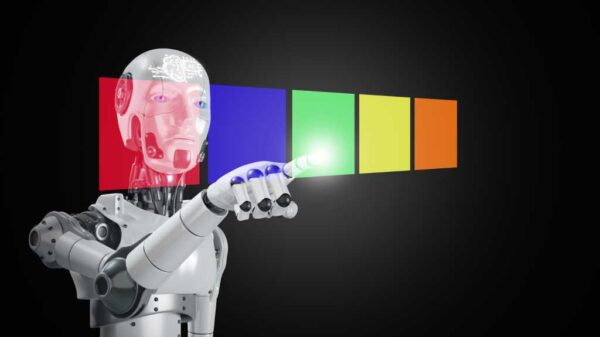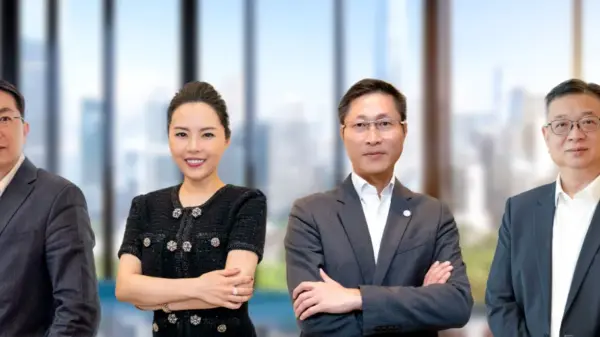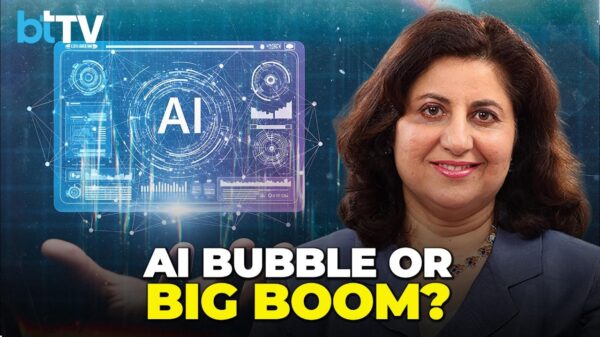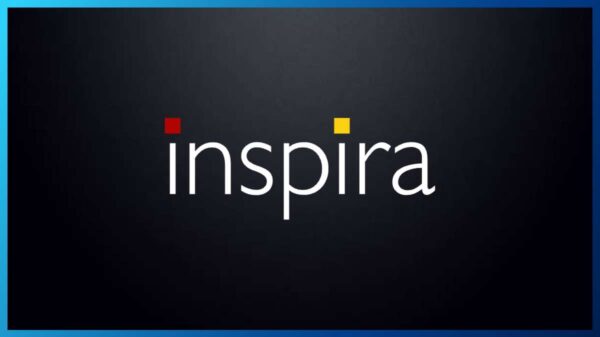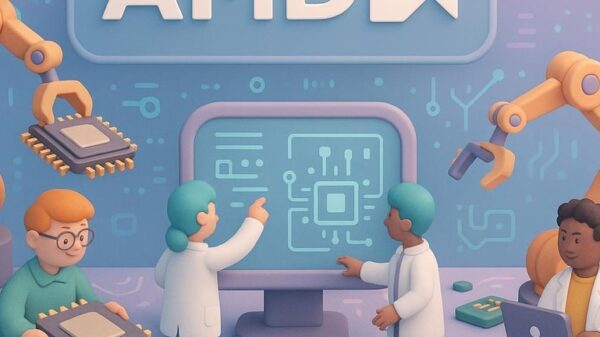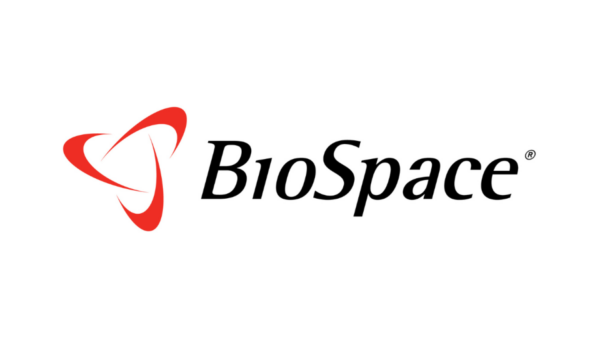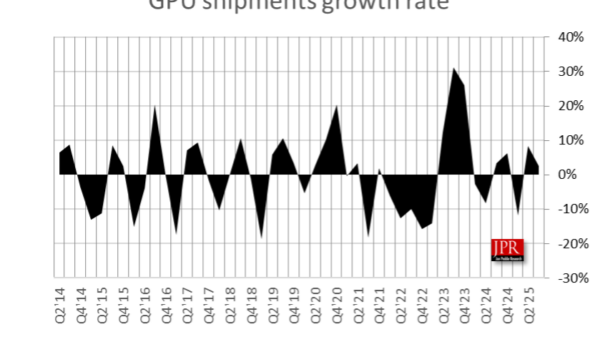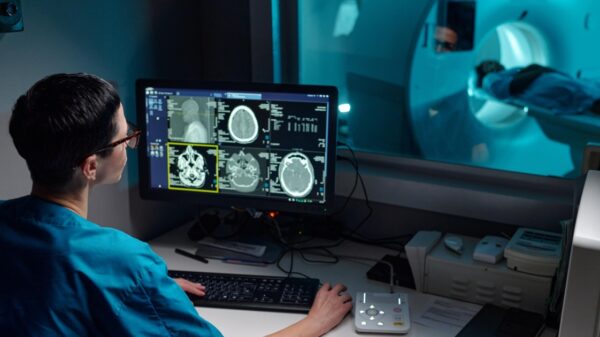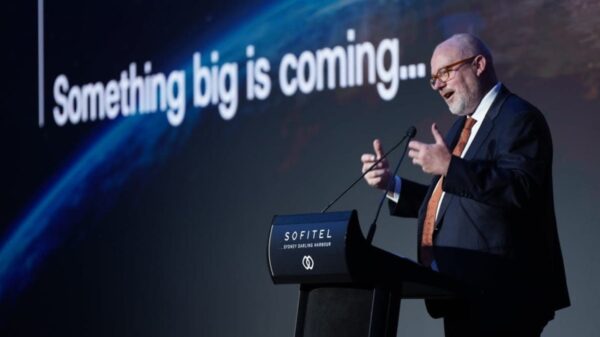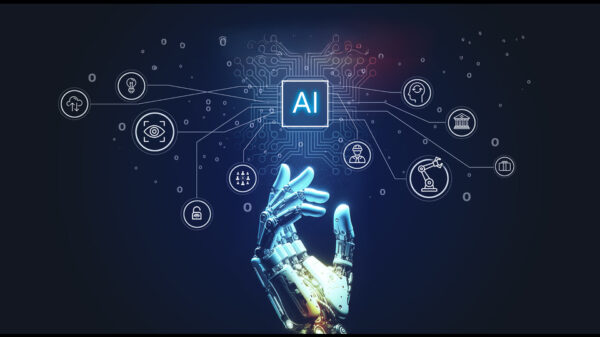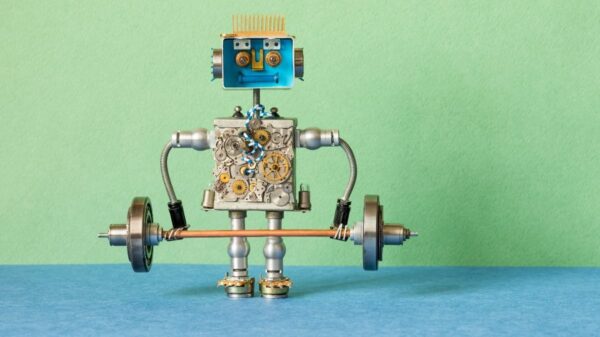A new artificial intelligence tool, NaviSense, developed by researchers at Penn State, is set to transform accessibility for visually impaired individuals. Unveiled at the Association for Computing Machinery’s SIGACCESS ASSETS ’25 conference in October 2025, this smartphone application enables users to “feel” the location of objects in real-time using a sophisticated blend of audio and vibrational feedback. By harnessing large-language models (LLMs) and vision-language models (VLMs), NaviSense offers unprecedented environmental understanding and guidance, significantly enhancing the independence and quality of life for millions.
This innovation represents a crucial advancement in assistive technology, transitioning from static solutions to dynamic, conversational AI assistance. Visually impaired users can interact with their surroundings in a more intuitive and responsive manner, allowing for easier navigation in public spaces and the identification of personal items at home. The immediate promise lies in its potential to reduce reliance on human assistance and traditional navigation aids, empowering users with greater confidence in an ever-evolving landscape.
NaviSense distinguishes itself through its advanced integration of AI models. Unlike earlier assistive technologies that depended on pre-loaded object models, NaviSense utilizes LLMs and VLMs to process natural language queries from users, dynamically identifying a wide array of objects in their vicinity. For instance, users can ask, “Where is my coffee cup?” or “Is there a chair nearby?” The system employs the phone’s camera and AI processing capabilities to comprehend the visual environment in real-time. This conversational feature, which includes follow-up questions for clarification, enhances user experience significantly.
Once an object is recognized, NaviSense translates its location into actionable guidance through audio and vibrational feedback. Users can “feel” the direction and proximity of objects, effectively creating a real-time haptic map of their surroundings. The intensity and pattern of vibrations, combined with spatial audio cues, guide users directly to their desired items or around obstacles. This multi-modal approach marks a stark contrast to older systems, which often relied on simpler sensors or limited auditory descriptions, offering a richer perception of space. At the SIGACCESS ASSETS ’25 conference, NaviSense received the Best Audience Choice Poster Award, a testament to its innovative potential and practical application.
The implications of this technological breakthrough extend beyond individual users to the broader assistive technology sector. Established tech giants and agile startups alike will find new opportunities for growth. Companies specializing in AI development, particularly those focused on LLM and VLM research, stand to gain from NaviSense’s real-world application, likely prompting increased investment in accessibility solutions. Hardware manufacturers of smartphones and wearables will also be challenged to enhance their products with sophisticated sensors and haptic feedback mechanisms suited for such AI applications.
Major players like **Alphabet** (NASDAQ: GOOGL), **Apple** (NASDAQ: AAPL), and **Microsoft** (NASDAQ: MSFT) may intensify their focus on accessible AI. These companies are well-positioned to incorporate real-time object recognition and haptic guidance features into their operating systems and specialized tools, potentially disrupting existing products that offer limited navigational support. Startups concentrating on niche assistive technologies will also find fertile ground for innovation, potentially developing specialized hardware or software that complements solutions like NaviSense, further shaping a rapidly expanding market.
NaviSense’s development aligns with a broader trend in the AI landscape toward more human-centric applications. It highlights the capacity of advanced AI to address real-world challenges, particularly for individuals with disabilities. The system moves beyond simple information provision to active, real-time guidance, fostering genuine independence.
However, challenges remain, such as ensuring the accuracy of real-time object recognition in diverse environments and addressing concerns around battery life and computational demands for portable devices. Data privacy will also be a critical factor, especially given the continuous processing of visual and audio data. Nevertheless, NaviSense can be seen as a landmark achievement, akin to the milestones of reliable speech recognition and machine translation, which democratized access to information. By offering tangible interaction with AI, this tool sets a new standard for empowering individuals with disabilities.
Looking to the future, the trajectory of technologies like NaviSense is characterized by ongoing refinement and integration. Near-term efforts will likely focus on enhancing object recognition speed and accuracy, improving conversational interaction, and optimizing haptic feedback for greater nuance. We may witness these tools broaden their applications beyond smartphones into wearables like smart glasses and specialized belts, a trend exemplified by systems like those being developed at *Johns Hopkins University*, which uses vibrating headbands for semantic mapping.
Long-term potential applications are vast. Beyond basic navigation, these AI systems could offer contextual information about environments, identify people, read text in real-time, or assist with tasks requiring fine motor skills. Addressing challenges such as hardware miniaturization and ensuring affordability will be crucial for making these life-changing technologies accessible to all who need them. Experts foresee a future where AI-powered real-time perception becomes a ubiquitous assistive layer, seamlessly integrating with daily life and transforming navigation, learning, work, and social interactions for visually impaired individuals.
The unveiling of NaviSense marks a significant turning point in the evolution of artificial intelligence and accessibility, reflecting a shift from AI as mere automation to a profound enabler of human capability. By illustrating AI’s ability to convert complex environmental data into intuitive haptic and auditory feedback, this development fundamentally alters how visually impaired individuals navigate and interact with their surroundings. Its lasting significance may ultimately be measured in the increased independence and quality of life for millions, while fostering greater inclusion and participation in society.
 Trump Launches Genesis Mission Executive Order to Accelerate AI-Driven Scientific Breakthroughs
Trump Launches Genesis Mission Executive Order to Accelerate AI-Driven Scientific Breakthroughs Carney Advocates Carbon-Neutral AI Data Centers, Champions EU Carbon Pricing at G20 Summit
Carney Advocates Carbon-Neutral AI Data Centers, Champions EU Carbon Pricing at G20 Summit Microsoft’s Agentic AI Launch Achieves 10x ROI with 99% Payroll Audit Efficiency
Microsoft’s Agentic AI Launch Achieves 10x ROI with 99% Payroll Audit Efficiency Trump Launches ‘Genesis Mission’ to Harness AI for Scientific Breakthroughs and Economic Growth
Trump Launches ‘Genesis Mission’ to Harness AI for Scientific Breakthroughs and Economic Growth Global AI Regulations: EU Act and California Law Set 2025 Standards for Ethical Innovation
Global AI Regulations: EU Act and California Law Set 2025 Standards for Ethical Innovation
